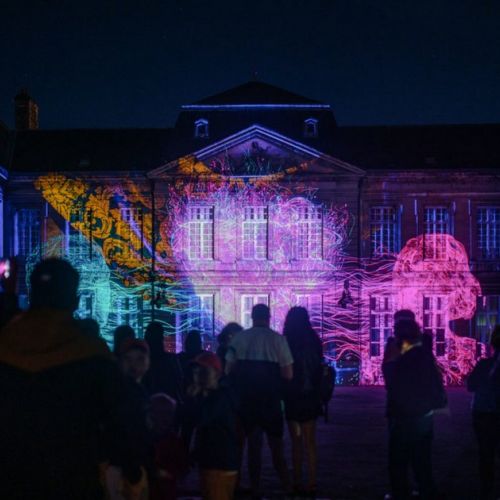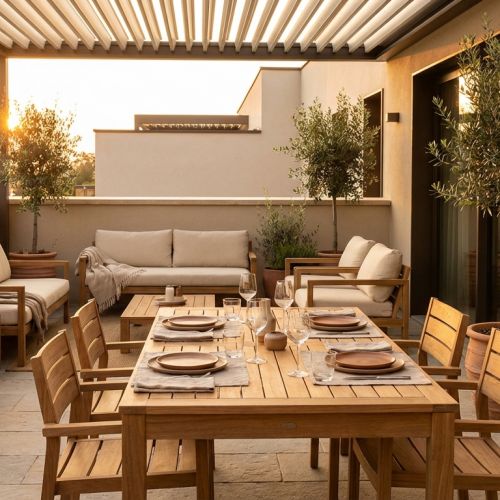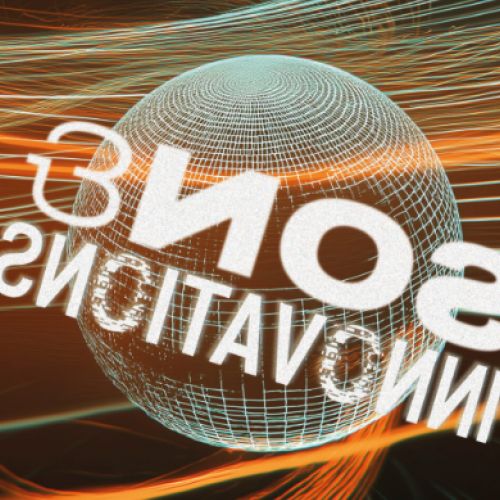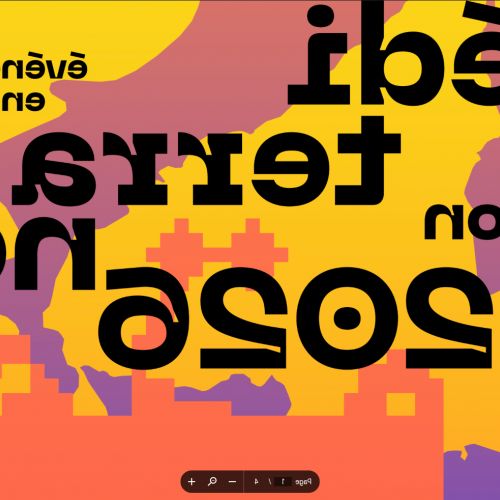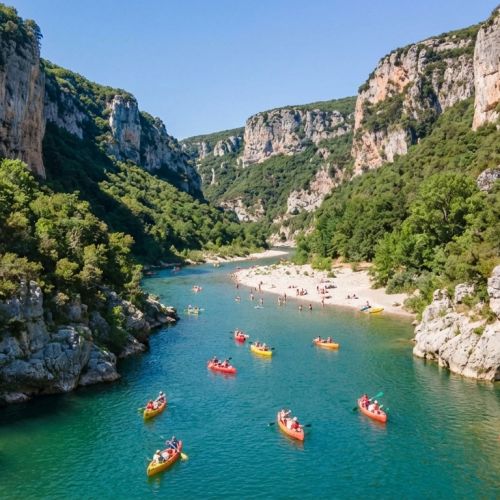Space City 2026: A Program That Puts Stars In The Eyes Of The People Of Toulouse.
Between Sophie Adenot's Epsilon mission, the return of Artemis around the Moon, and late-night openings at gentle prices, 2026 is shaping up to be a year of lift-off for the Cité de l'espace. Follow the guide!
A calendar that (really) lands the Moon
Need to dream beyond the Toulouse ring road? The Cité de l'espace unveils a high-altitude agenda for 2026. The site, already visited by more than 400,000 guests each year, is capitalizing on the hot space news: Epsilon mission aboard the ISS, Artemis 2's journey to our moon, revamped exhibitions... The result: a mix of public events designed for families, astronomy geeks, and casual onlookers seeking immersive experiences.
February: Heading to the ISS with Sophie Adenot
Starting February 6, 2026, the "News Square" will prominently feature the Epsilon mission.
It offers an almost real-time glimpse into the daily life of French astronaut Sophie Adenot at an altitude of 400 km. Videos, animated models, interactive tablets: everything is designed for a headache-free understanding of the role of CADMOS and the experiments led by CNES.
A true scientific saga, from launch to return to Earth.
August 7: The Night of the Stars returns, free and under the Perseids.
Every summer, the Perseid meteor shower lifts thousands of gazes. On August 7, 2026, from 8 PM to midnight, the City opens its gardens for free (registration required): telescopes aimed at the constellations, "sky reading" workshops, mini-conferences... In 2025, the event gathered 8,000 enthusiasts; the 2026 edition promises to break this record, especially if the weather cooperates.
Night Owls: Ariane Puts on Her Show, Half-Price for Everyone
Between July and the end of August, the Nocturnes de la Cité transform the park into a massive stage. Starting at 7pm, exhibitions and activities are in full swing, before a sound & light finale on the Ariane 5 rocket. Good news: half-price admission. Perfect for (re)discovering the satellite model room, enjoying the warm evening air, and perhaps even catching a glimpse of Mars through a telescope.
October: "Spaceship Earth" puts our planet into orbit
Does 500 square meters to step into the shoes of a climatologist sound appealing? The exhibition "Vessel Earth" is getting a makeover and demonstrates how satellite data track wildfires, ice melt, or maritime traffic. Thanks to immersive setups (control cabin, giant thermal maps), we get to understand the behind-the-scenes of weather forecasting, GPS, or flood prediction apps.
December: Journey under the 20m dome of the planetarium
To conclude the year, a new 360° show launches you toward exoplanets and then dives into the abysses of black holes. Comfortably settled in the dark (and quite frankly well propped), one realizes that up there, everything is a matter of relativity, plasma jets, and... poetry. Ideal for digesting festive meals!
LuneXplorer: 40 Minutes of Lunar Adrenaline
Always on the schedule, LuneXplorer sends the adrenaline needle soaring: briefing, takeoff, moon landing, it's all there, including vibrations. A unique experience in Europe, conceived in the wake of Artemis 2. Fun fact: according to the ESA, barely 6% of candidates make it past the first phase of astronaut selection. After the simulator, it's easier to understand why!
Mars, James Webb, recruitments: the other permanent gems
- Martian Terrain: life-size replicas of the Perseverance and Zhurong rovers, red dust included.
- The James Webb Telescope Mirrors: 6.5 meters in diameter, enough to put your bathroom mirror into perspective.
- Workshop "How ESA Recruits?": 40 minutes to test memory, coordination, and team spirit.
- Deep Sky in IMAX: the saga of the JWST on a giant screen, guaranteed thrills.
The City of Little Ones: Mini-Cosmonauts, Maxi-Adventures
From 4 to 8 years old, one also has the right to dream big. The City of Little Ones offers scaled-down rockets, padded suits, and sensory games. A major asset considering that, according to a 2024 barometer on family outings, 72% of parents are looking for activities where children can touch, handle, and try things out.
Practical Information (and Tips) to Prepare for Your Launch
Address: Avenue Jean Gonord, Toulouse.
Access: L8 bus from the city center, stop "Cité de l'espace".
Ticketing: online recommended to avoid queues (and take advantage of occasional promotions).
Duration of visit: plan for at least 4 hours, 6 hours if you include the planetarium + LuneXplorer.
Budget tip: the family pass can save up to 30% on four entries.
Toulouse, European Capital of New Space
It's impossible to conclude without reminding that Toulouse, the Pink City, accounts for nearly a quarter of the European space workforce. Home to "New Space" start-ups, headquarters of Airbus Defence & Space and Thales Alenia: the local ecosystem is thriving. To visit the City is also to dive into the DNA of Toulouse, where rockets and the violet have been intertwined for over 30 years.
N.B. (Nota Bene)
Epsilon, Artemis, CADMOS... No need to panic: Epsilon is the code name for Sophie Adenot's mission, Artemis a lunar program led by NASA (with ESA), and CADMOS the Toulouse center that monitors French experiments on the ISS. Most importantly, remember that all this is happening within reach, on Jean Gonord Avenue.


